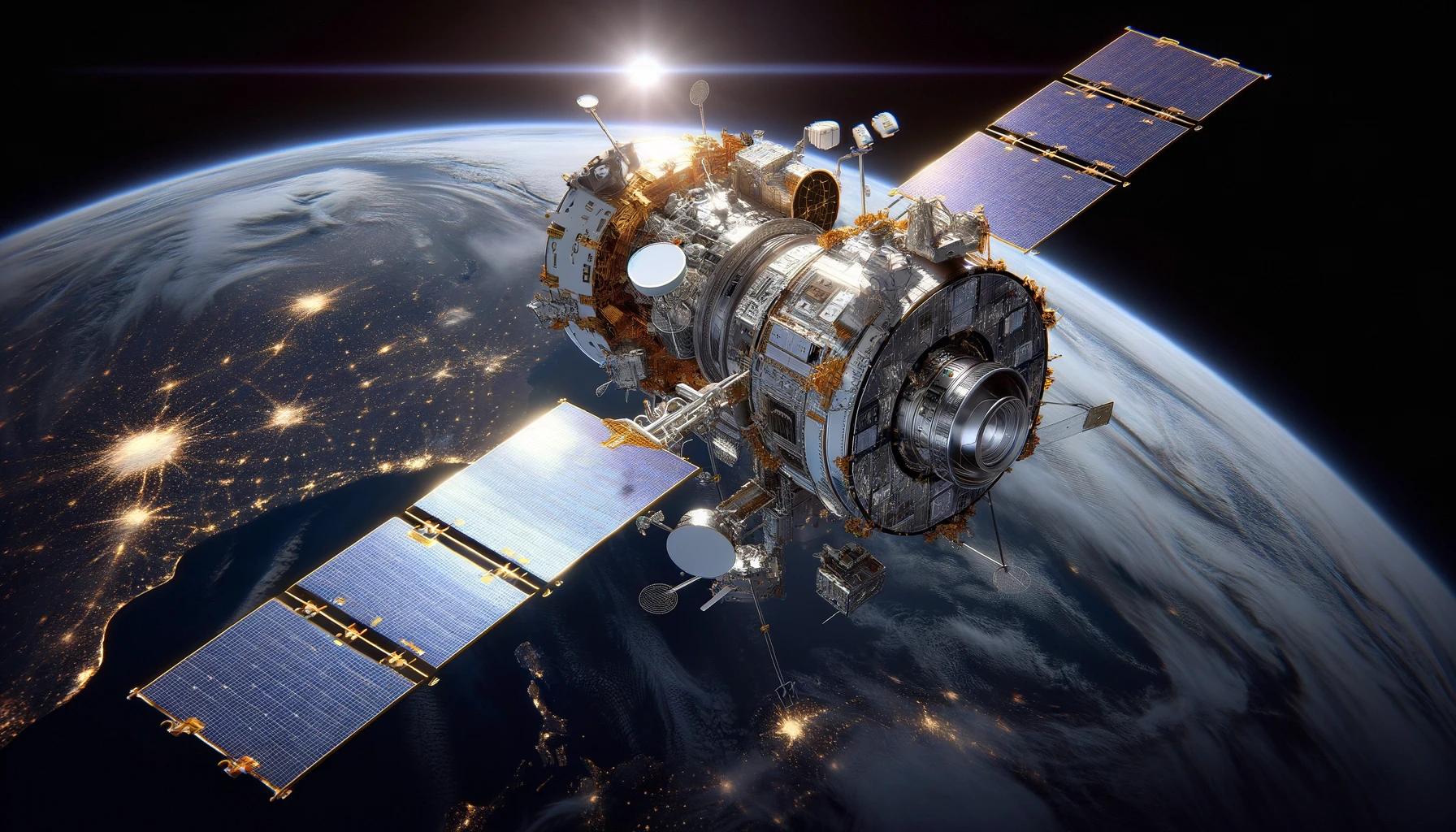NASA’s recent selection of three companies to develop lunar terrain vehicles (LTVs) marks a significant step towards enhancing lunar explorations. These vehicles, to be utilized by Artemis astronauts for scientific research on the Moon’s surface, are in line with NASA’s vision for future human missions to Mars. The awards, valuing up to $4.6 billion, represent NASA’s commitment to leveraging commercial partnerships in achieving groundbreaking space exploration goals.
The Dawn of a New Lunar Era
Signifying a major leap forward in space technology, NASA’s engagement with Intuitive Machines, Lunar Outpost, and Venturi Astrolab aims to foster innovative approaches to lunar exploration. Prior to this announcement, there has been an observable trend of increasing reliance on industry partnerships by space agencies to bolster exploration capabilities. These collaborations have historically ranged from supplying International Space Station (ISS) needs to developing vehicles for planetary exploration. The success of these partnerships has set a precedent, confirming industry’s ability to contribute significantly to space exploration. These developments suggest a shift towards a more integrated approach where government agencies and private companies work in tandem to achieve ambitious space exploration objectives.
Setting the Wheels in Motion
The selected companies will initially embark on a one-year study to align their designs with NASA’s stringent requirements. Subsequently, one will be chosen to demonstrate the LTV on the Moon, ensuring it meets performance and safety expectations for future Artemis missions. The LTV, designed for the extreme conditions of the Moon’s South Pole, will incorporate autonomous driving, power management, and advanced communication and navigation systems. These capabilities are critical for expanding astronauts’ range and effectiveness during lunar missions.
Enhancing Scientific Discovery
The functionality of the LTV extends beyond crewed missions; it will also operate autonomously between Artemis missions, supporting continuous scientific research. This dual-use approach allows the vehicle to serve NASA’s objectives while also offering the potential for commercial use when not in mission mode. Such versatility underscores the vehicle’s role in fostering an ongoing presence and broadening the scope of lunar exploration.
In related coverage, SpaceNews reported on the broader implications of NASA’s Artemis program for international cooperation and commercial space endeavors. Additionally, The Verge discussed the technological advancements in rover designs that could pave the way for more autonomous and robust lunar explorations. These discussions are pertinent as they address the potential ripple effects of NASA’s Artemis missions and the evolution of space technology within the broader context of space exploration.
Useful Information
- LTVs will be pivotal in extending exploration beyond astronaut foot travel.
- The vehicles will operate autonomously, maintaining scientific progress year-round.
- Commercial use of the LTVs is permissible when not engaged in NASA missions.
In conclusion, the recent advancements in LTV development mark a transformative era for lunar exploration. These vehicles are set to enhance the capability of Artemis astronauts, enabling broader and more efficient scientific research. The integration of autonomous features and the potential for commercial use highlight NASA’s forward-thinking strategy in space exploration. The continued focus on partnerships and innovation suggests that the future of lunar exploration will be shaped by a combination of government vision and commercial agility.










